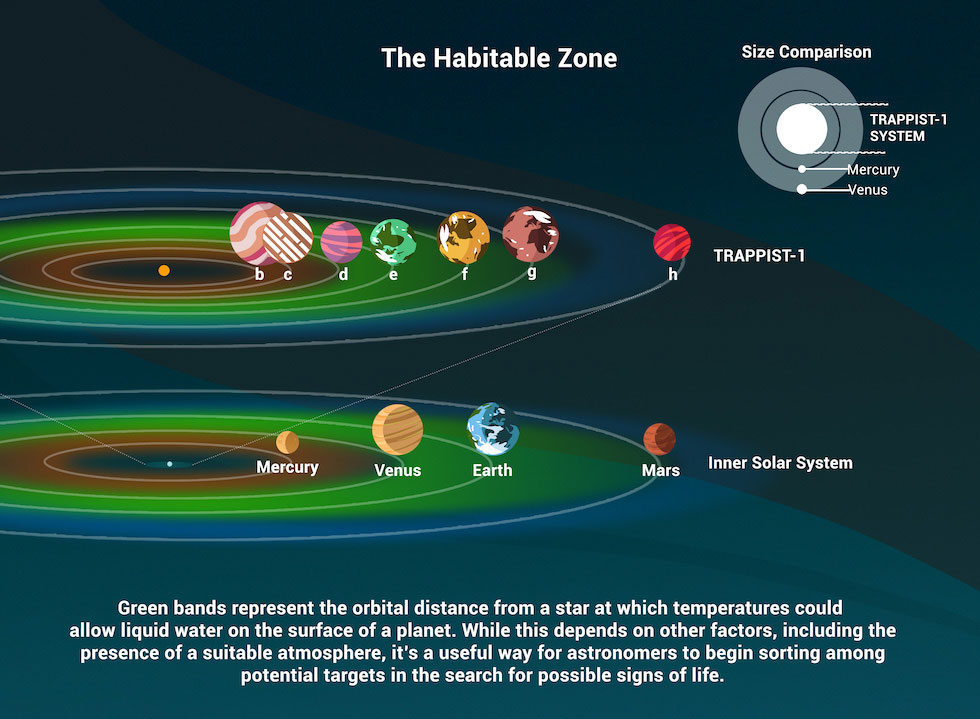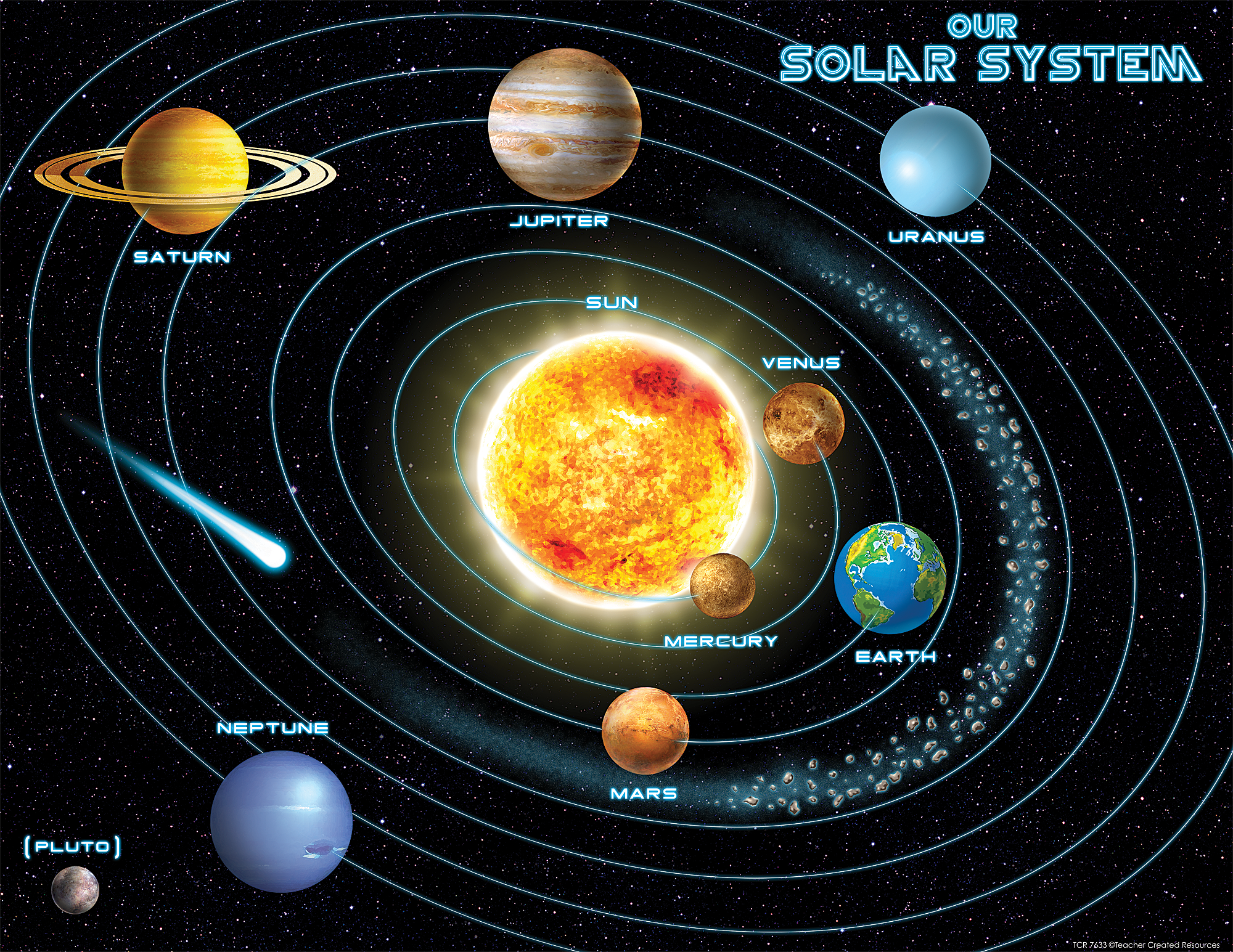Earth is the only place in the solar system where you can see a rainbow

Earth is the Only Place in the Solar System where You can See a Rainbow

Rainbows have always fascinated and captivated the human imagination. The stunning arc of colors that appears after a rain shower, with its vivid hues stretching across the sky, is a breathtaking sight to behold. But did you know that Earth is the only place in the entire solar system where you can witness this magical phenomenon?
On our home planet, rainbows form when sunlight passes through raindrops in the air. The water droplets act as tiny prisms, scattering the light and bending it at different angles. As the light exits the droplets, it is refracted and separated into its constituent colors, forming the familiar spectrum of red, orange, yellow, green, blue, indigo, and violet.
While rainbows on Earth are fairly common, the conditions needed for their formation are quite specific. First and foremost, rain or another form of precipitation is required. Secondly, the sun needs to be shining from behind the observer, with the observer facing or looking towards the opposite direction. This alignment allows the light to be refracted and reflected inside the raindrops, resulting in the dispersion of colors that we associate with rainbows.
Throughout the solar system, however, the conditions necessary for the formation of rainbows are exceedingly rare. In fact, Earth is uniquely positioned to create rainbow-like phenomena due to its specific atmospheric composition, weather patterns, and distance from the sun.

On other planets, such as Mars or Venus, rain exists, but their atmospheres differ significantly from Earth’s. For example, Venus has a dense and toxic atmosphere that is predominantly composed of carbon dioxide, with clouds made of droplets of sulfuric acid. These droplets are not large enough or abundant enough to produce the necessary refraction and dispersion of sunlight, making rainbows impossible on the planet’s surface.
Similarly, Mars has a much thinner atmosphere than Earth, comprised mainly of carbon dioxide. While it experiences occasional snowfall at its polar regions, the lack of sufficient liquid water combined with the sparse atmosphere prevents the formation of rainbows as we know them.
Even the giant gas planets in our solar system, such as Jupiter and Saturn, with their impressive atmospheres and frequent storms, are incapable of forming rainbows. These gas giants lack a solid surface and instead consist mostly of swirling clouds of gas. Given their composition and the absence of liquid water raindrops, the conditions for rainbows are absent.
In conclusion, the phenomenon of a rainbow is exclusive to our own planet, Earth. The perfect combination of atmospheric conditions, sufficient precipitation, and the positioning of the observer with respect to the sunlight creates this beautiful natural spectacle. As we search for life and explore other celestial bodies within our solar system and beyond, we continue to appreciate the uniqueness and wonder of rainbows that Earth provides.
Source: Science Focus
Related Posts
Quick Links
Legal Stuff

